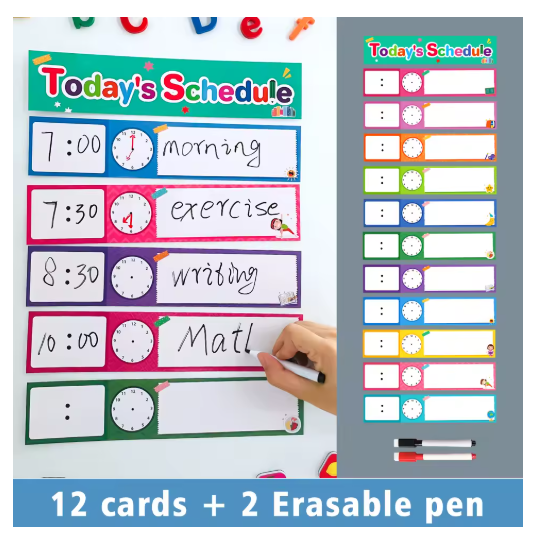
DIY Visual Schedule for Toddlers, Daily Routines Schedule Cards, Classroom Decoration, Schedule Pocket Chart Add-ons Montessori

DIY Visual Schedule for Toddlers & Daily Routines Schedule Cards
Creating a structured environment for young children is essential for fostering independence, learning, and a sense of security. Our DIY Visual Schedule for Toddlers and Daily Routines Schedule Cards offer an innovative and interactive solution for parents, educators, and Montessori enthusiasts in New Zealand. This versatile product is designed to seamlessly blend educational value with creative fun, making daily transitions smoother and more engaging for toddlers and preschoolers alike.
An Engaging Educational Tool for Young Learners
A visual schedule is a powerful tool that transforms abstract time concepts into concrete, understandable steps for little ones. By using picture-based cues, these schedule cards break down daily routines into manageable segments, enabling children to anticipate and prepare for each part of the day. This product isn’t just about organization—it’s about empowering children to understand their schedule, reduce anxiety, and develop independent habits that form the foundation of lifelong learning.
Our DIY Visual Schedule includes a range of customizable cards that represent various daily activities such as arrival, snack time, play, learning sessions, and quiet time. Each card is crafted with bright, engaging images and clear text labels, ensuring that even the youngest learners can follow along with ease. The design is inspired by Montessori principles, emphasizing hands-on learning and self-directed activity, which are pivotal in early childhood education.
Versatile Applications in Home and Classroom Settings
For Parents at Home
In a busy household, a well-organized daily routine can make all the difference. Our visual schedule cards help parents establish predictable patterns, which can ease morning chaos and bedtime resistance. When children know what to expect, they feel more secure and are better able to cooperate during transitions between activities. The DIY aspect of this product also allows parents to personalize the schedule to suit the unique needs of their child, whether that means adding extra cards for snack time or including a special activity during the weekend.
For Educators in the Classroom
In the classroom, structure is key to maintaining an environment conducive to learning. Teachers can use these schedule cards as part of their daily routine to help students understand transitions between activities, reduce disruptions, and encourage self-management. The visual cues provided by the schedule cards are particularly effective for children who are visual learners or who have special needs, such as those on the autism spectrum. By incorporating these cards into the classroom routine, educators can create a consistent, calming, and efficient learning space.
For Montessori-Inspired Learning Spaces
Montessori education emphasizes the importance of self-directed activity and hands-on learning. Our Schedule Pocket Chart Add-ons are an excellent addition to any Montessori classroom or home learning center. The charts not only serve as an organizational tool but also as a tactile, interactive element that supports fine motor skills and decision-making. Children can physically move the cards as they complete each task, reinforcing the learning process through action and engagement.
Key Features and Benefits
Customizable and DIY-Friendly
One of the standout features of our visual schedule product is its DIY nature. Users can personalize the schedule cards to reflect the specific routines of their household or classroom. The kit includes blank templates along with pre-printed options, offering flexibility and creativity. Whether you want to modify the colors, add new activities, or tailor the images to your child’s interests, the DIY aspect ensures that your visual schedule is as unique as your learning environment.
Durable and Child-Friendly Materials
We understand that products designed for toddlers must be safe, durable, and easy to clean. Our schedule cards are made from high-quality, non-toxic materials that can withstand daily handling by little hands. The sturdy design ensures longevity, making it a worthwhile investment for busy households and bustling classrooms. Additionally, the materials used are easy to wipe clean, ensuring that the cards remain vibrant and legible even after repeated use.
Enhances Routine and Reduces Anxiety
A consistent routine is essential for young children, particularly those who thrive on predictability. The use of visual schedule cards helps reduce anxiety by providing a clear roadmap of the day’s activities. As children learn to anticipate what comes next, transitions become smoother, and behavioral issues related to unexpected changes can be minimized. This proactive approach to managing daily routines creates a more harmonious environment for both children and caregivers.
Supports Independent Learning
One of the core principles of Montessori education is fostering independence. By using these visual schedule cards, children are encouraged to take an active role in managing their own time. This not only builds confidence but also helps develop essential life skills such as time management, organization, and decision-making. The hands-on, interactive nature of the schedule encourages children to engage with their environment, promoting active learning and self-reliance.
How to Integrate the Visual Schedule into Your Daily Routine
Step 1: Preparation
Begin by identifying the key activities that structure your child’s day. Write down or sketch the routines you want to include, such as mealtime, playtime, nap time, and learning sessions. This preparatory step ensures that you have a clear plan before you start customizing your schedule.
Step 2: Customization
Using the DIY templates provided, personalize each schedule card to fit your child’s unique routine. This could involve adding images, adjusting the order of activities, or even incorporating seasonal or special event cards. The creative process itself can be a fun activity to do with your child, further reinforcing their understanding of the day’s structure.
Step 3: Implementation
Once your schedule is customized, set up the pocket chart or display board in a prominent location where your child can easily see and interact with it. Explain each card and the order of activities, encouraging your child to participate in moving the cards as the day progresses. This interactive element helps cement the routine in their memory.
Step 4: Review and Adapt
After using the schedule for a few days, take time to review its effectiveness. Observe how your child responds to the routine and make any necessary adjustments. The DIY nature of the schedule means you can continually adapt it to better suit evolving needs or unexpected changes in the routine.
The product may be provided by a different brand of comparable quality.
The actual product may vary slightly from the image shown.
Shop amazing plants at The Node – a top destination for plant lovers

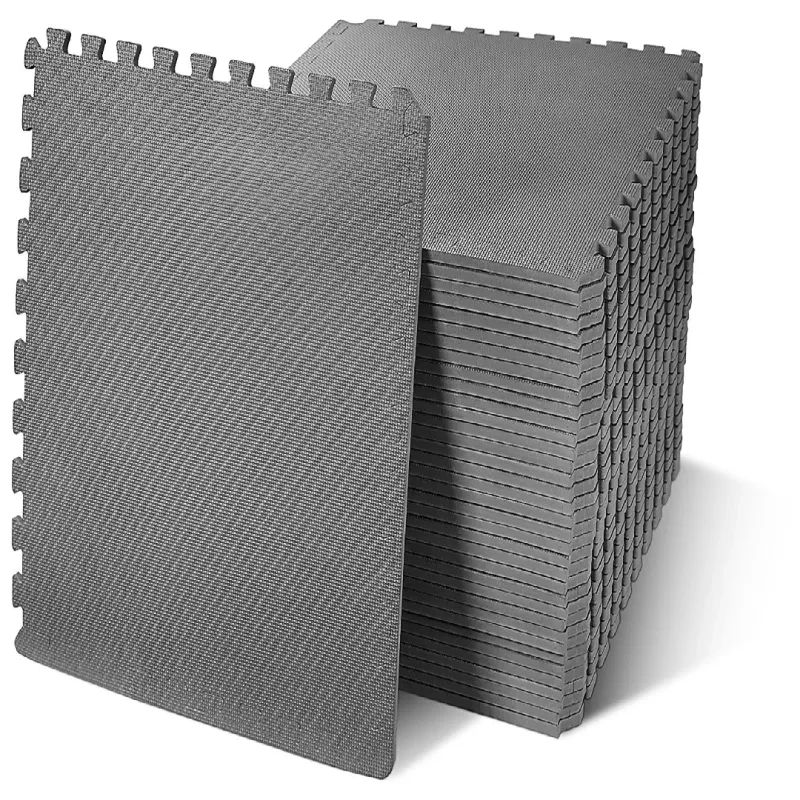




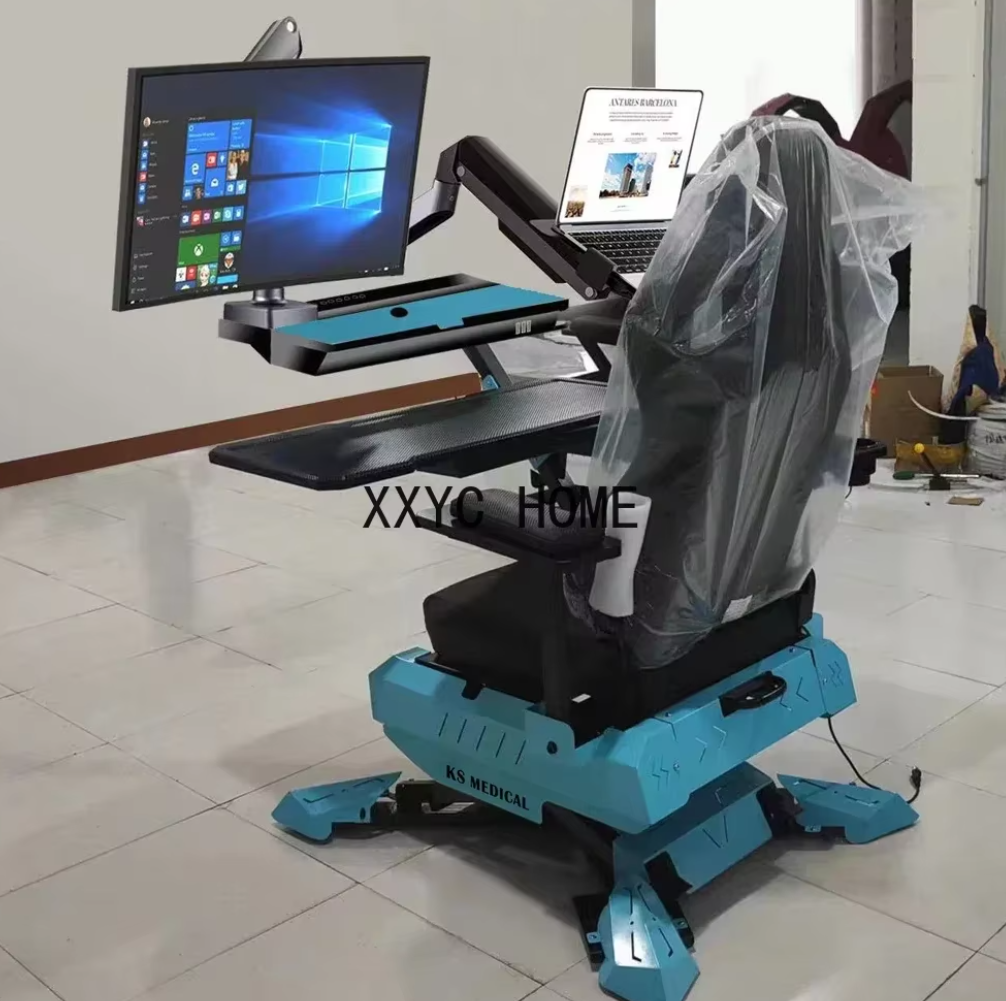

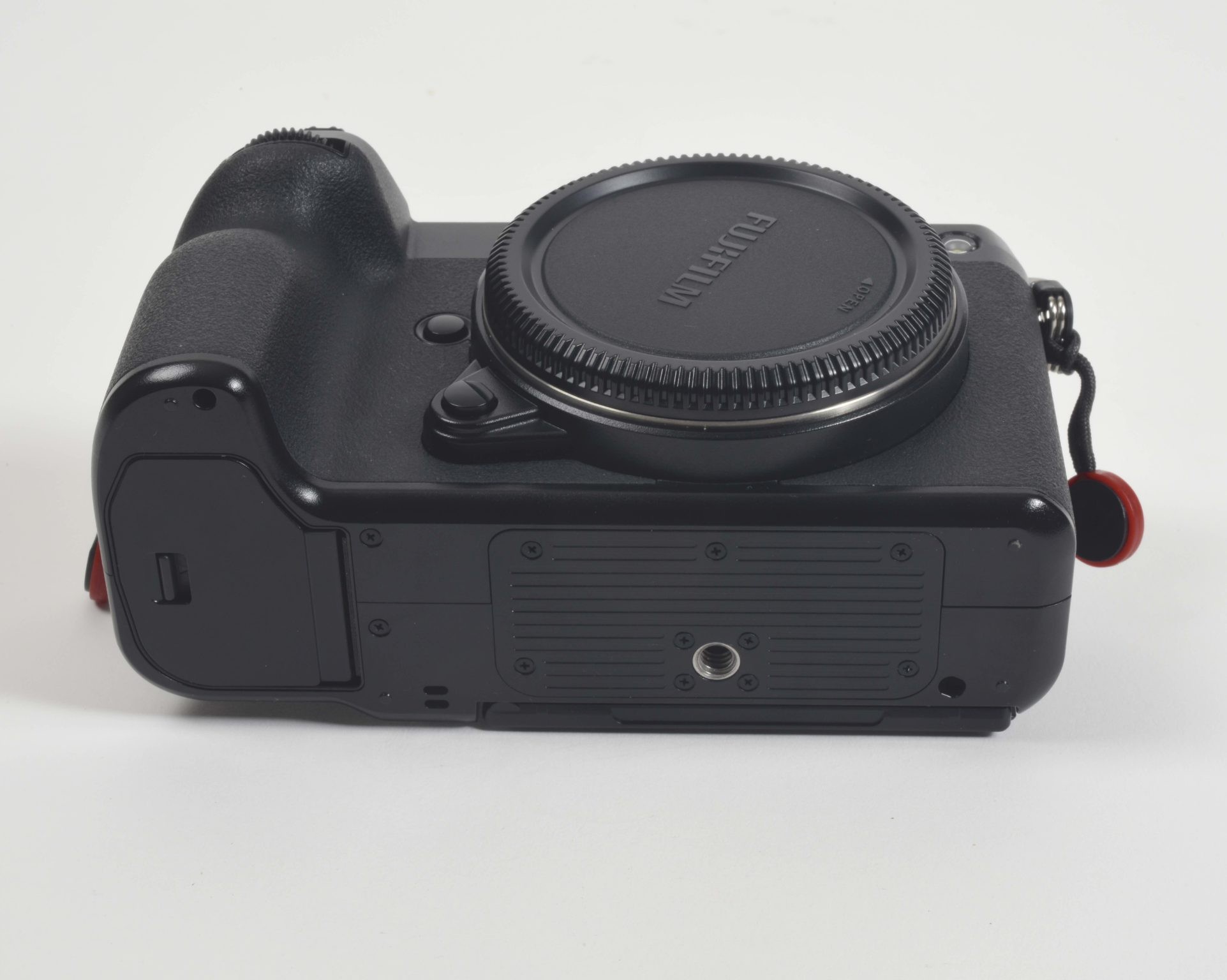
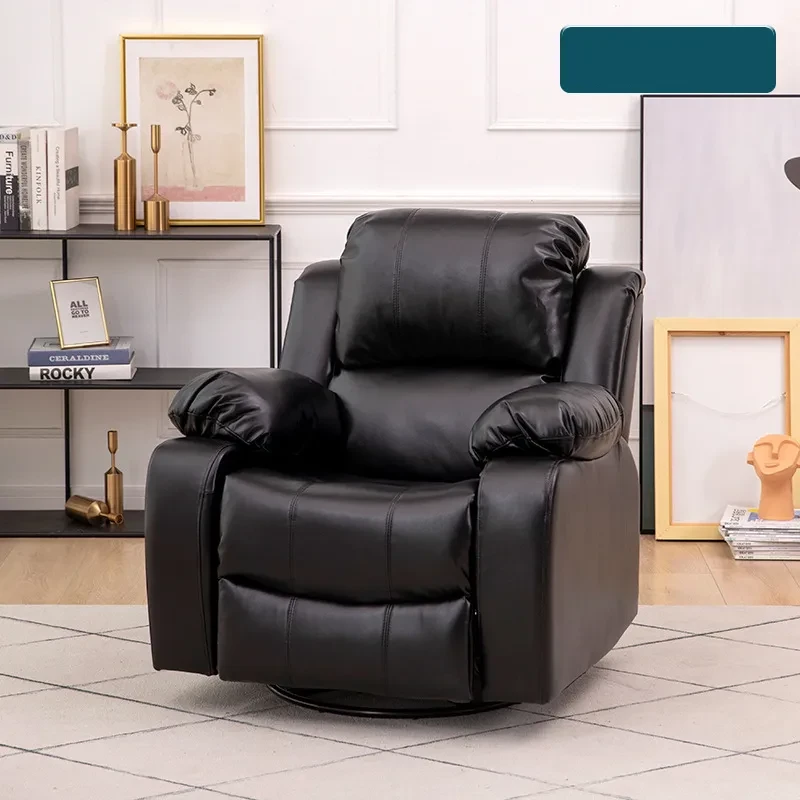

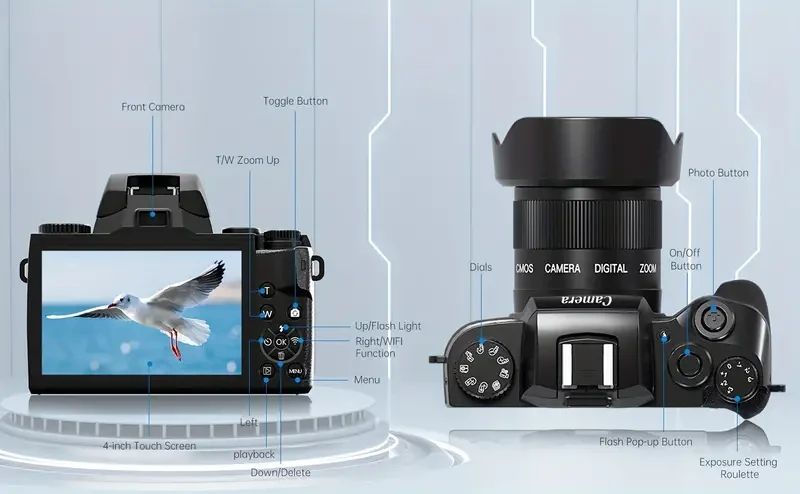




.jpg)









.jpg)





.jpeg)





.jpeg)



.jpeg)








.jpeg)



.jpeg)

.jpeg)

.jpeg)

.jpeg)




.jpeg)
.jpg)

.jpeg)






.jpeg)
.jpeg)




.jpeg)





.jpeg)


.jpeg)

.jpeg)

.jpeg)

.jpeg)







.jpeg)
.jpeg)
.jpeg)





.jpeg)



.jpeg)






.jpg)
.jpeg)









.jpg)


ulva-Logo.jpg)




.jpeg)



.png)















.png)























